The birth certificate may say you’re an “older adult”, however that doesn’t mean that you have to stop doing what you love and exercising. Exercise is proven to help in so many ways for everyone’s lifestyle, especially older adults. What are those benefits, what should you be doing, and how can Aqualink support you are all important questions
What should you do?
- Australian recommendations are for at least 30 minutes of moderate activity on most days (preferably all). No matter age, weight, health problems or abilities, do some form of physical activity
- Do a range of activities – fitness, strength, balance, flexibility
- If haven’t exercised in a long time, start at a level that is manageable – you aren’t 20 anymore
- If you have been active your whole life, don’t’ slow down because of your birth certificate, stay within your capabilities
What are the benefits of exercise?
- Physiological changes begin at around the age of 30 (which can be very scary for everyone), however exercise has been proven to slow down these changes such as muscle mass and strength, bone mineral density, lung and heart function.
- Maintains or improves physical function
- Improved cardiovascular endurance – being able to walk without puffing out or playing with the grandkids
- Improved muscle strength – ability to get in and out of a chair easily, pick things up, continue with every day activity
- Improved weight, cholesterol and diabetes management – exercise is proven to assist in the management of cholesterol and diabetes, it is very important to exercise if you have or are at risk of these health issues
- Decreased risk of heart disease, stroke and high blood pressure – light exercise has a benefit of decreasing blood pressure which decreases the stress caused on the heart – reducing risk of heart attacks (as long as not exercising too hard)
- Increased energy – no need for afternoon naps! J
- Improved bone mineral density – reducing risk of osteoporosis
- Improved balance – reducing risk of falls and potentially hip replacements
- Improved flexibility and mobility – ability to continue to move, pick things up, put clothes on, reach your shoe laces
- Rehabilitation exercises – completing these exercises after surgeries/physio can bring you back to normal activity quickly
- Compared to younger people, strength training with adequate stimulus will have similar strength gains
With all this information and benefits the choice is now up to you – will you allow the birth certificate to dominate, or will you take control and be fit and healthy?



